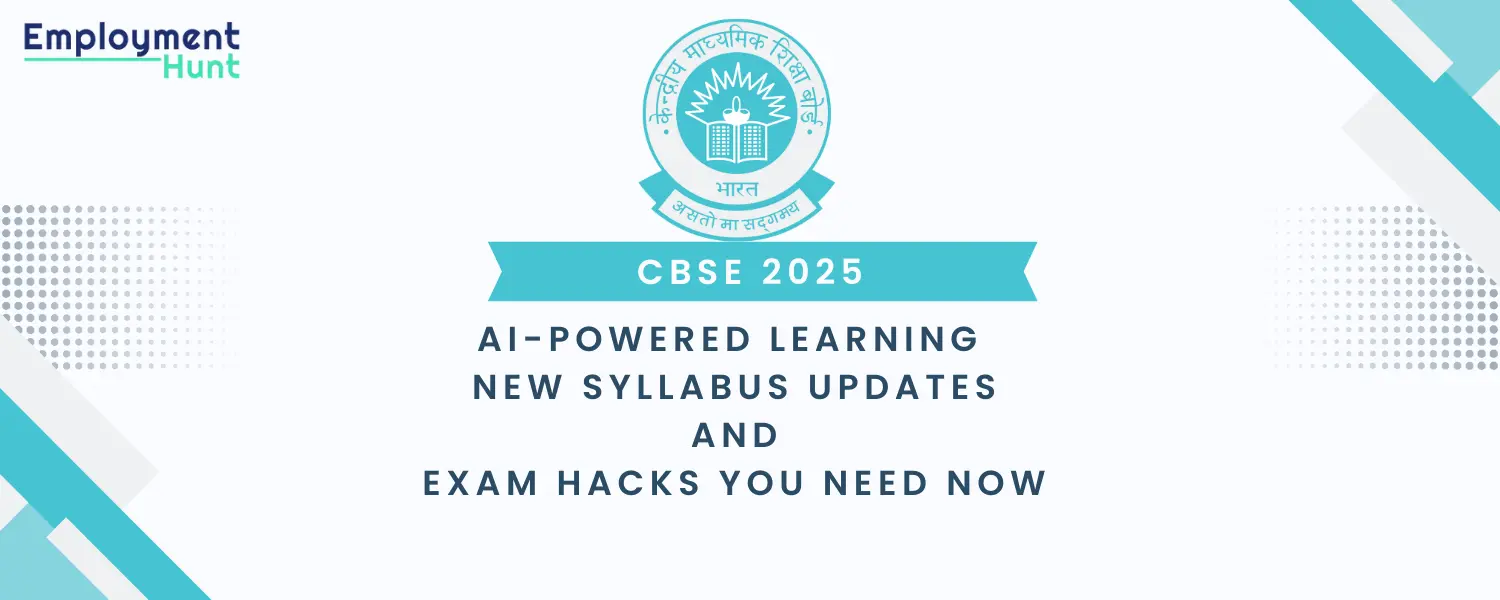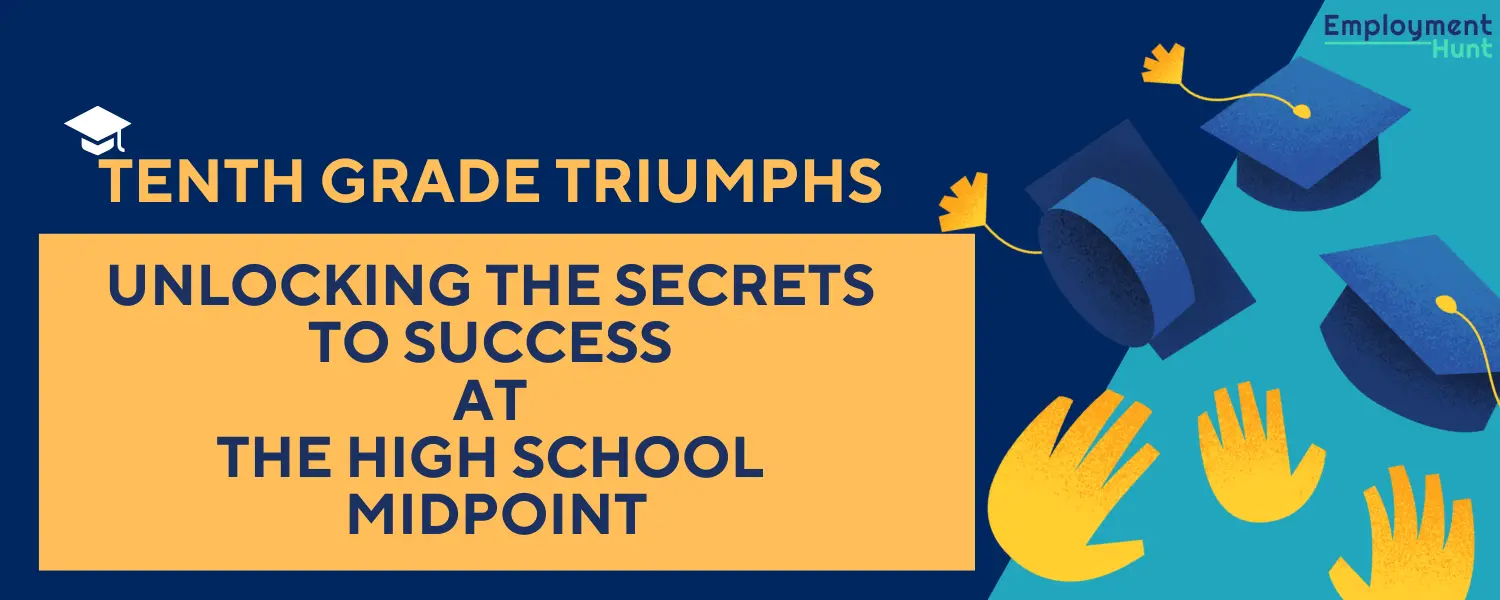The Anganwadi Recruitment 2025 process has unleashed a wave of excitement and confusion for job seekers across India. With thousands of vacancies expected in this vital community program, candidates—especially women—are eager to secure a role. However, navigating the chaos of unclear guidelines, shifting deadlines, and technical glitches is no easy feat. This blog unpacks the latest updates and offers practical tips to help you stay ahead in this turbulent hiring season.
What Are Anganwadi Jobs?
Anganwadi jobs fall under the Integrated Child Development Services (ICDS) scheme, managed by the Ministry of Women and Child Development. Workers and helpers at these centers provide nutrition, healthcare, and early education to children and pregnant women. Each year, states release recruitment notifications to fill vacant posts, drawing candidates seeking stable government roles.
This year’s recruitment drive stands out due to its scale and the promise of job security. However, the decentralized process has led to widespread disorder, leaving applicants scrambling for reliable information.

Why Is the 2025 Recruitment Process So Chaotic?
The chaos stems from several factors. Each state manages its own hiring timeline and rules, creating a patchwork of deadlines and requirements. For instance, Uttar Pradesh extended its application window after portal crashes, while Bihar’s process has been plagued by rumors of delays. Technical glitches and poor communication only add to the frustration.
To stay informed, check trusted sources like the Government of India’s ICDS portal for official updates. It’s a lifeline for navigating this messy landscape.
Latest Updates on Anganwadi Recruitment in 2025
Here’s a snapshot of what’s happening:
- Uttar Pradesh: Over 50,000 vacancies are up for grabs, with applications open until April 2025.
- Bihar: Around 12,000 positions are announced, with a tentative deadline in May 2025.
- Maharashtra: Expect notifications by June 2025, focusing on urban areas.
- Eligibility: Typically, candidates must be female, aged 18-35, with a 10th or 12th-grade education. Local residency is often required.
For detailed breakdowns, sites like Employment Hunt aggregate job alerts and are worth bookmarking.
Suggested Image: A map of India highlighting states with active Anganwadi recruitment. Caption: “Where are the opportunities in 2025?”
How to Navigate the Hiring Process
Feeling lost? Follow these steps to streamline your application:
- Track Updates: Visit state portals and job sites like Naukari Hunt for real-time notifications.
- Gather Documents: Prepare your certificates, ID, and residency proof ahead of time.
- Check Eligibility: Confirm your state’s specific criteria before applying.
- Apply Early: Beat the rush—and potential website crashes—by submitting ASAP.
- Monitor Progress: Save your application number and check its status regularly.
Suggested Image: A checklist graphic with icons for documents and a laptop. Caption: “Get ready with these essentials.”
Why These Jobs Matter
Anganwadi roles offer more than just a paycheck (₹5,000-₹15,000 monthly, depending on the position). They provide stability and a chance to uplift your community. For rural women, it’s often a rare shot at financial independence. With fierce competition, staying proactive is key.
Explore more government job insights on Employment Hunt’s sarkari naukri guide to broaden your options.
Wrapping Up: Turning Chaos Into Opportunity
The Anganwadi recruitment process in 2025 may be chaotic, but it’s also a golden opportunity. By staying informed via resources like the ICDS portal and acting swiftly, you can turn the disorder into a career win. Have you started your application yet? Drop your thoughts or questions below!



